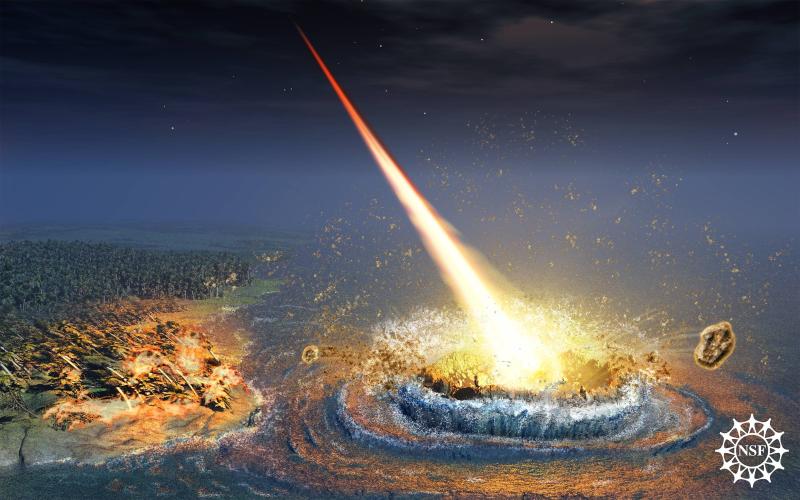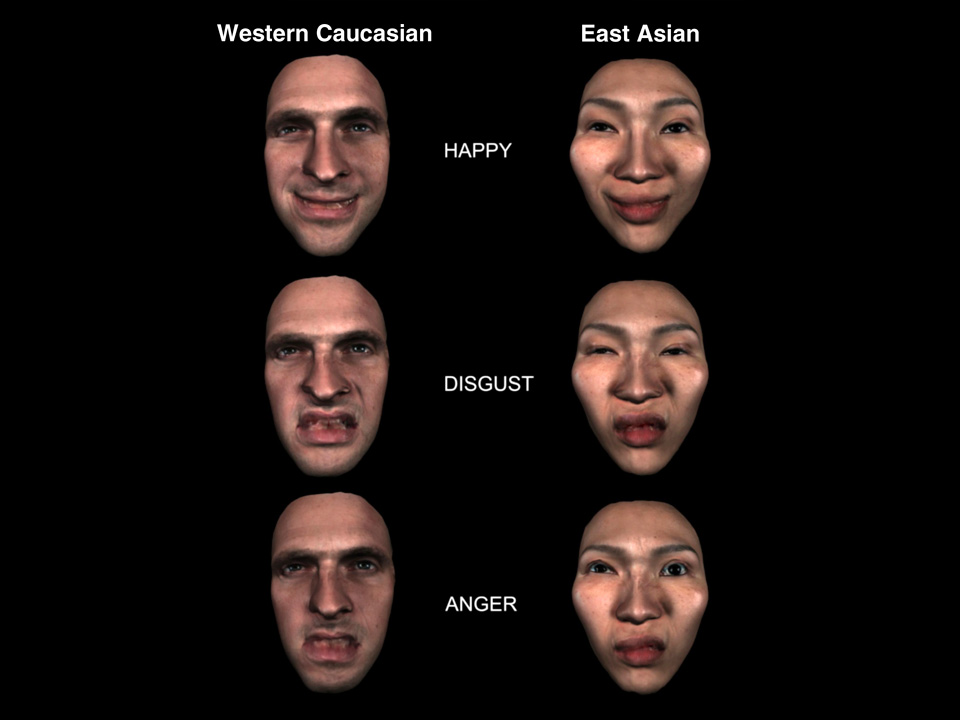
© Stock Photo
On the 100
th anniversary of the sinking of the
Titanic,
The Japan Times yesterday ran an editorial titled "The
Titanic and the Nuclear Fiasco" which stated: "Presenting technology as completely safe, trustworthy or miraculous may seem to be a thing of the past, but the parallels between the
Titanic and Japan's nuclear power industry could not be clearer."
"Japan's nuclear power plants were, like the
Titanic, advertised as marvels of modern science that were completely safe. Certain technologies, whether they promise to float a luxury liner or provide clean energy, can never be made entirely safe," it said.
It quoted from a piece by Joseph Conrad written after the
Titanic sank in which he noted the "chastening influence it should have on the self-confidence of mankind."
The Japan Times urged: "That lesson should be applied to all 'unsinkable' undertakings that might profit a few by imperiling the majority of others."
Yes, the same kind of baloney behind the claim that the
Titanic was unsinkable is behind the puffery that nuclear power plants are safe. The nuclear power promoters are still saying that despite the sinking of atomic
Titanics: Three Mile Island, Chernobyl and now the Fukushima Daiichi nuclear plants.
In fact, underneath the PR offensive are government documents admitting that nuclear power plants are deadly dangerous.


